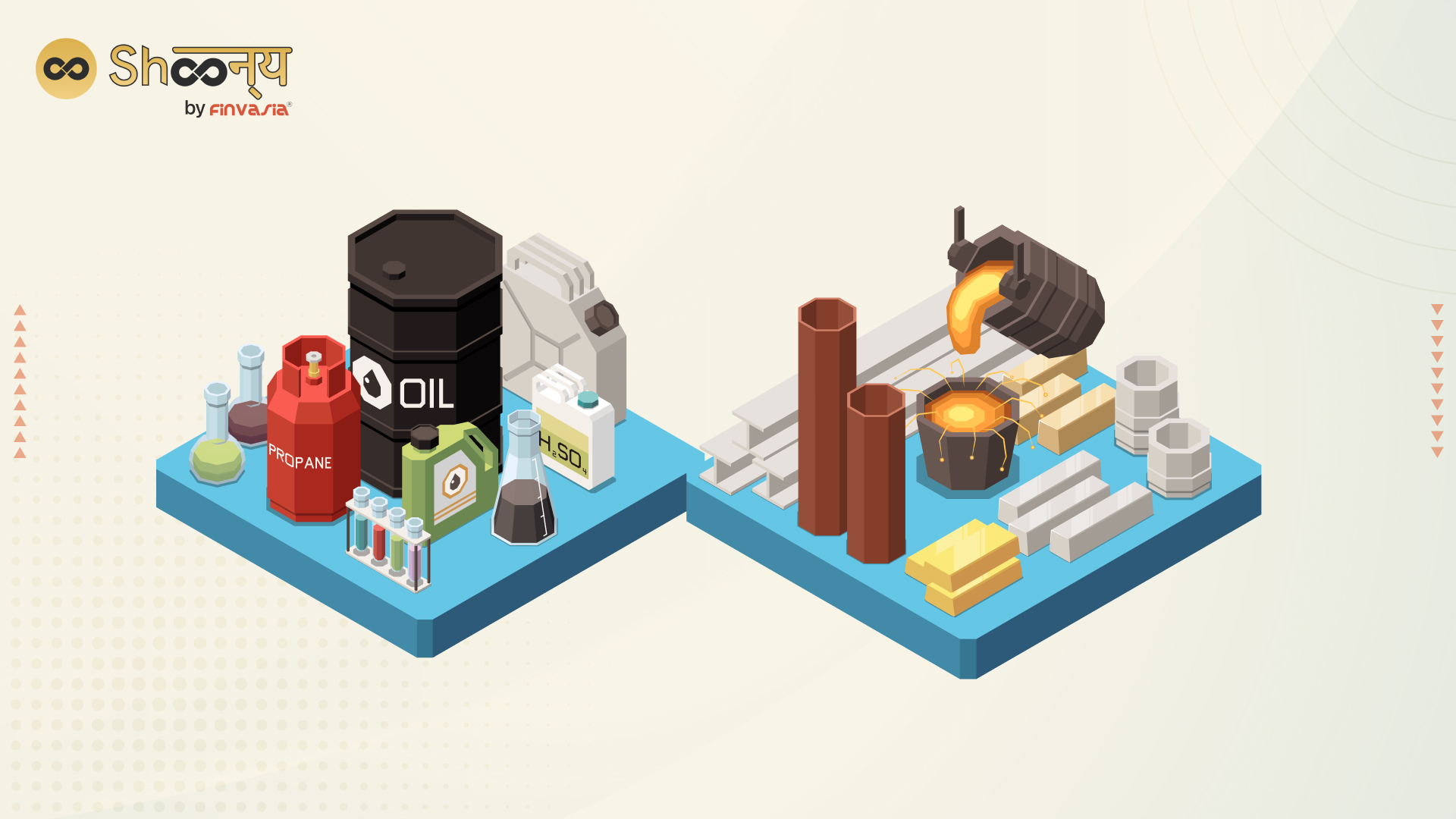India is a resource-rich country. Various metals and grains are found in abundance. They are important not only in our lives but also in driving industrial growth. The majority of the commodities are traded across MCX. Let’s learn what MCX entails.
What is MCX?
MCX, or Multi Commodity Exchange, is India’s first recognized exchange for commodities. It was founded in 2003, is owned by the Ministry of Finance, and is governed by the Securities and Exchange Board of India (SEBI). MCX accounts for roughly 60% of the country’s total commodity futures trading volume. The services available with this e-exchange include-
- Over-the-counter (OTC) trading
- Commodity derivatives trading
- Futures trading
- Options trading
- Domestic & international trade financing
- Mining services
How does MCX work?
Commodity trading in derivatives is available on the MCX for industrial metals, bullions, agricultural products, and energy resources. It functions similarly to NSE and BSE. The contract’s parties are obligated to buy and sell the underlying commodity at a predetermined rate and time.
Factors affecting Commodity Trading on MCX
- Supply & Demand: When demand for a particular commodity increase, so does its price. Price increases can also be seen if there is a significant shortage of a specific commodity. Prices fall when the opposite of the preceding two scenarios occurs.
- Geographical events: Any adverse political moves, such as import tariffs, raise the commodity’s price.
- Transportation constraints: Even if the demand and supply of a commodity are in equilibrium, but there is a transportation constraint, prices usually rise.
- Mother nature: When natural disasters such as cyclones or tsunamis strike, crops are typically destroyed, resulting in price increases, particularly for agricultural products.
Features and benefits of trading on MCX
- Better diversification: You can trade in several commodities on the MCX, including metals, agricultural products, and energy. You can select any of them based on risk tolerance to aid portfolio diversification.
- Transparency: The MCX, in terms of price fluctuations, trading volumes, and volatility, provides transparency. Thus, offering an organised trading structure to the traders that assist them in making informed decisions.
- Accessibility: You can access detailed reports on various commodities and receive updates on related news or changes in commodity trading rules. All this contributes to the comprehension of due diligence and adherence to regulations.
How to set up an MCX trading account?
- Step 1: Select the F&O brokerage firm that offers an MCX trading facility with minimal commission. You may also choose Shoonya by Finvasia, which provides 100% free trading across multiple asset classes.
- Step 2: Fill out the account opening form and complete the KYC process.
- Step 3: The brokerage firm will verify your details before activating your account.
- Step 4: Make the margin deposit, and you are all set for trading.
Margin Requirements in MCX Commodity Trading
- Initial margin: Your broker requires you to pay this minimum before opening a position in the commodity derivative contract.
- M2M Margin: Mark-to-market margin is a credit or debit adjustment in your account based on future price movement. If you earn a profit, the clearing house credits your trading account; if the price moves against you, your account is debited.
- Special Margin: The broker requires this margin to avoid excessive speculation and volatility.
Final Words
MCX provides real-time updates on the prices of listed commodities. You can trade commodities such as metals, agricultural products, and energy. You will need a Demat account and a margin money arrangement to trade on this exchange.

